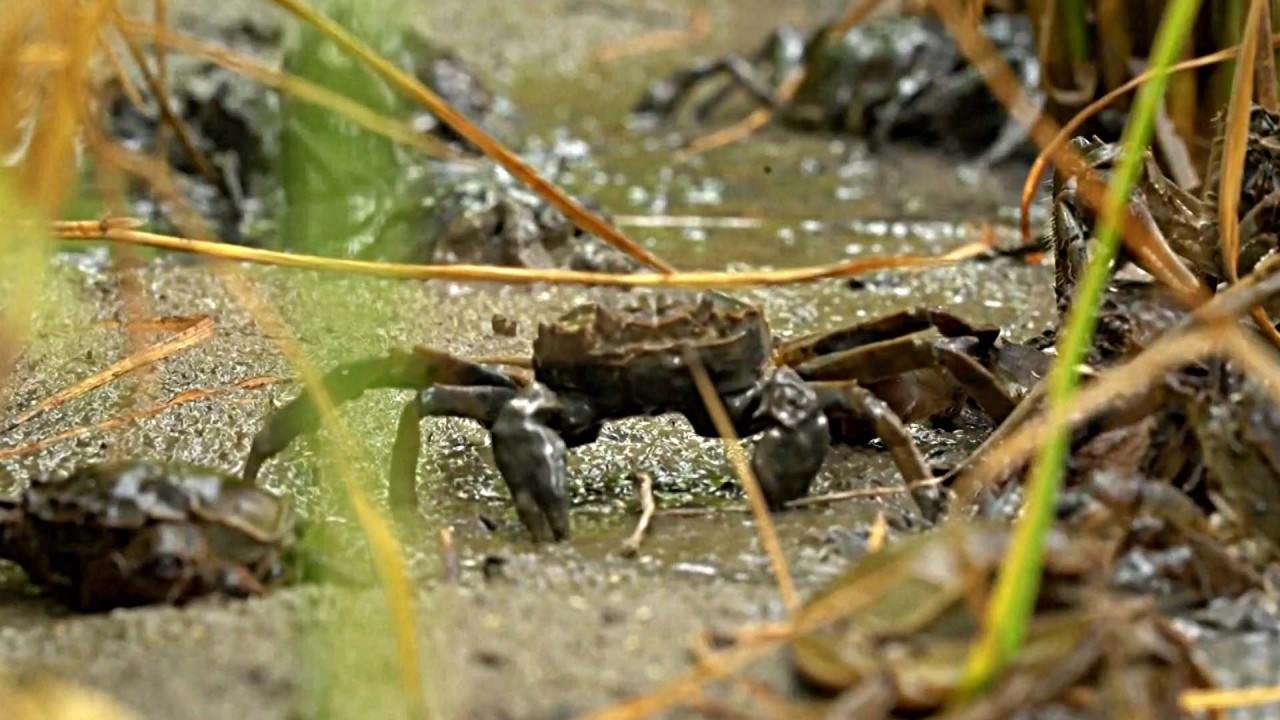
Chinese scientists hoping wild ancestor of corn can help improve food security
- Researchers have identified a gene that helps boost the protein content in corn, a development that could reduce the need for soybean imports
- Scientists say as well as the implications for food security, their findings may also cut the amount of fertiliser needed
Chinese researchers have discovered a key gene in the wild ancestor of corn that could help increase its protein content and reduce the use of fertiliser.
The researchers inserted the gene into China’s most widely planted corn variety and found that its protein content increased by 4 per cent.
Each 1 per cent increase in corn protein content means China can reduce annual soybean imports by 8 million tonnes, according to the official China Science Daily newspaper.
China is the world’s largest consumer of soybeans and it imports about 100 million tonnes a year.
Their findings, published in Nature last week, have significant implications for food security and the development of sustainable agriculture, reviewers of the study told the newspaper.
The wild ancestor of corn, teosinte, has three times the seed protein content of modern varieties. However, during the domestication process, the protein content fell from 20-30 per cent in teosinte to 5-10 per cent in modern corn hybrids.
As corn became a major source of feed for livestock, plant breeders prioritised its starch content and yield instead of protein content or flavour. The use of nitrogen fertiliser further reduces the importance of seed nitrogen content.
Due to the low protein content in corn, the livestock farming industry has to supplement soy protein in the feed, which in turn increases the number of soybeans China imports.
“Improving corn protein content is not only a major strategic necessity for ensuring national food security, but also an important way to guarantee the healthy development of the industry,” Wu Yongrui, the study’s corresponding author and a researcher with the Chinese Academy of Sciences, told China Science Daily.
“However, the mechanisms responsible for the high protein content in teosinte are unknown and the key genes controlling the protein content and efficient nitrogen utilisation haven’t been found.”
To identify the genes responsible for protein content differences between corn and teosinte, Wu and his colleagues created a complete teosinte genome sequence.
By crossbreeding corn with teosinte and analysing their progeny, they identified the specific chromosomal regions that affected the traits and finally cloned a gene – known as Thp9-teosinte – that controlled the high protein content.
The authors also discovered that the gene encoded an enzyme which played an important role in the metabolism of nitrogen.
Introgression of Thp9-teosinte into modern corn inbreds and hybrids greatly enhanced free amino acid accumulation throughout the plant, increasing seed protein content without affecting yield, the study said.
Specifically, the researchers found that the seed protein content increased by 35 per cent in corn inbreds while the nitrogen content in the roots, stems and leaves increased by 54 per cent, 94 per cent and 18 per cent, respectively. The overall weight of the plant also increased.
“Amino acids are essential substrates for protein synthesis, and their levels in the plant are influenced by soil nitrogen availability and the nitrogen use efficiency of the plant,” Wu said in a statement.
Through field trials, the researchers verified that Thp9-teosinte could significantly increase the seed protein content of China’s most planted corn variety and increase yield in low-nitrogen conditions.
“We have increased corn protein content from 10 per cent to 14 per cent and we aim to increase it to 16 per cent or even 20 per cent in the ideal scenario,” Wu said.
“This technology can both increase the protein content and reduce the use of nitrogen fertiliser.
“It has important implications for the future development of sustainable agriculture and environmental protection.”


